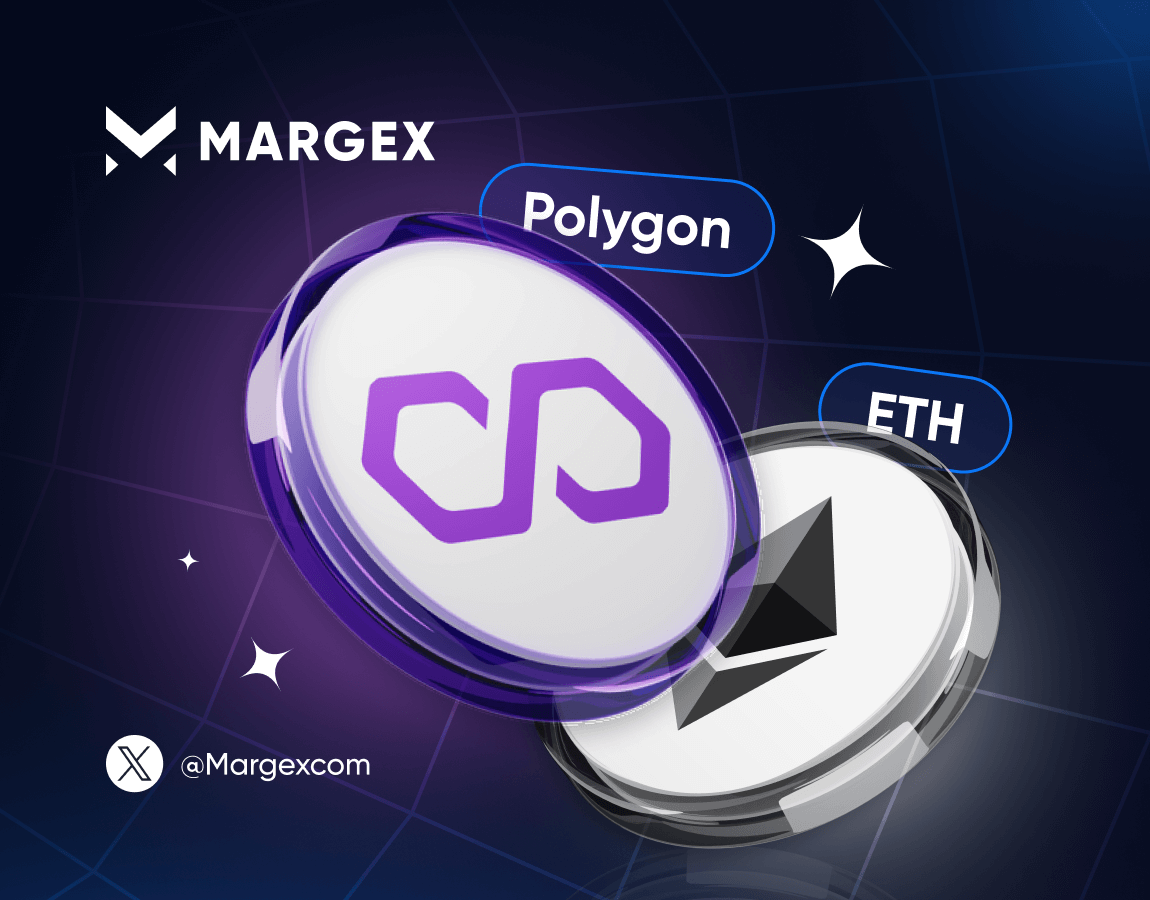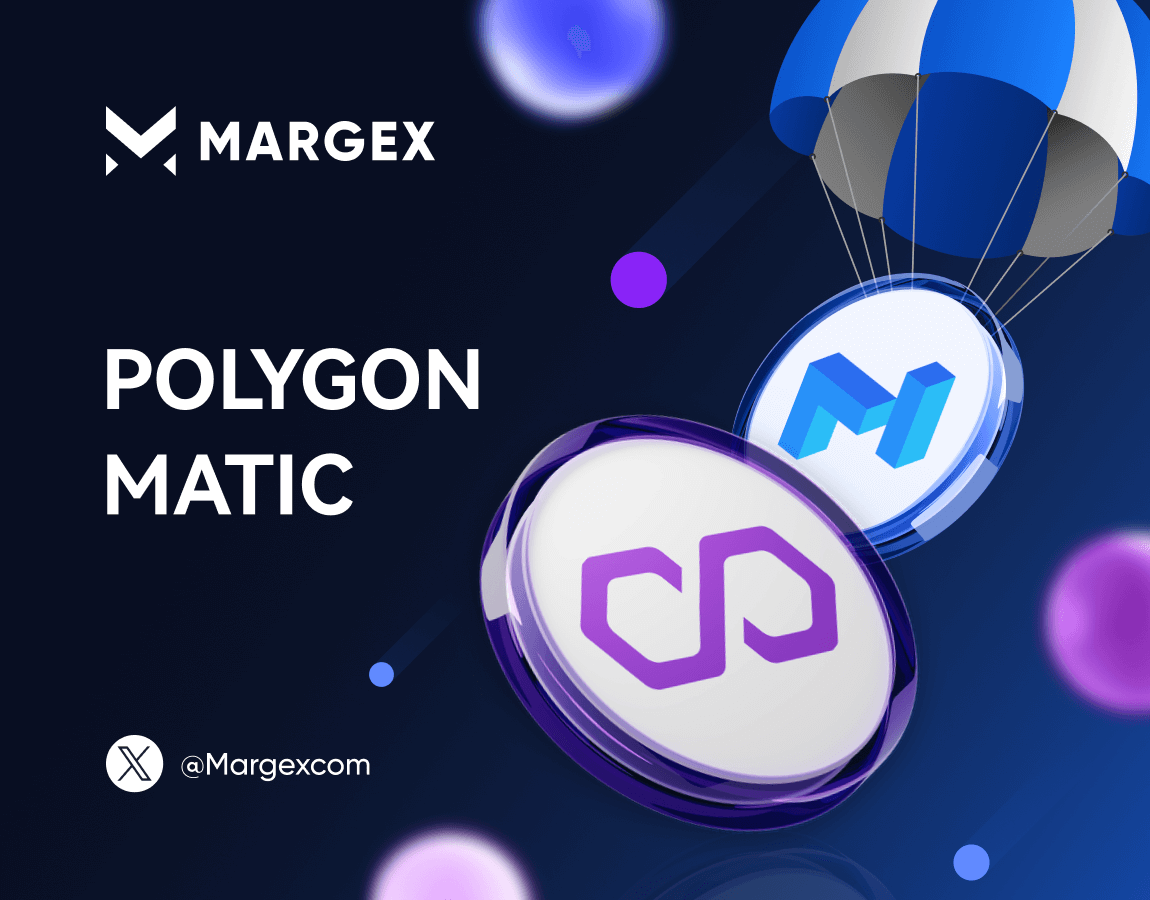
Polygon is on the top-20 coin list, according to CoinMarketCap, with a total market value of $4,073,472,315.
Built on top of the Ethereum blockchain and designed to address and solve its limitations, Polygon is standing on the verge of an important upgrade that will likely improve its already high positions in the cryptocurrency space. These changes are to land in just a few days – on September 4.
History of Polygon (MATIC) Emergence
Initially this layer-2 scaling solution for Ethereum was launched in 2017 under the Matic Network name with a native cryptocurrency MATIC. The goal of its creators was to speed up transactions on the second biggest network and reduce the gas fees that often grow to unbelievable highs on Ethereum.
In 2021, the Matic Network was rebranded to Polygon, while the native coin’s name remained unchanged. The new title of the network was meant to signify its broader ambitions of aiming to become a multi-chain ecosystem.
Polygon was designed to improve Ethereum’s performance and help it stay at a high level of decentralization and security. This is planned to be achieved by leveraging sidechains and the proof-of-stake (PoS) consensus mechanism which has been becoming more popular over the past years. Thus, Polygon allows for bigger transaction throughput without making Ethereum face congestions upsetting millions of its users.
Besides, the Polygon team designed their network in a way that will allow developers to set up and deploy decentralized applications on it seamlessly. Polygon offers features that are easily compatible with the existing Ethereum tools and frameworks, thus attracting a lot of those builders who are already acquainted with Ethereum. Due to this wide compatibility, Polygon quickly became a popular choice for projects who looked to expand the scale of their operations, especially in the spheres of decentralized finance (DeFi) and non-fungible tokens (NFTs).
Among the leading platforms operating in those markets, such as SushiSwap, Aave, and OpenSea, quickly integrated with Polygon to allow their users enjoy improved Ethereum performance and much cheaper transaction fees.
MATIC’s Role on Polygon

The native cryptocurrency MATIC performs several crucial functions in the Polygon ecosystem. First of all, MATIC is leveraged by users to pay transaction costs in the same way ETH is used on the Ethereum blockchain. Besides, MATIC holders use this token to vote on the network’s governance and use it for staking. MATIC can be staked by validators to help keep the network secure and to process transactions on it.
They regularly receive rewards, getting extra MATIC tokens sent to their wallets. This staking mechanism is vital for Polygon’s security model and it helps to ensure that the network remains decentralized.
Due to its high utility and the continuously expanding adoption of the Polygon network, MATIC has attracted a lot of attention in the market. MATIC began to experience impressive price appreciation thanks to its escalating use in various DeFi projects and other blockchain-based solutions. While Ethereum keeps facing various challenges in stability and transaction throughput, Polygon’s role as a layer-2 scaling solution continues to grow and expand fast. Many experts are certain that this provides better chances for MATIC to become a crucial asset in the cryptocurrency space. The token’s utility continues to grow with more and more projects adopting Polygon along with its native token.
Sept., 4 Polygon Upgrade

This week, on September 4, the Polygon team intends to roll out a significant update on the network. As a result of this, the existing MATIC token will migrate to a new token under the title POL. This is part of Polygon’s strategy to enhance its ecosystem, which includes the integration of the AggLayer. This framework is designed to solve the issues related to liquidity and security for the multiple blockchains that run within the Polygon network.
MATIC tokens will be replaced with POL on a 1:1 basis (a standard procedure for hard forks). POL will serve as the new gas and staking token on the blockchain. Their holdings will remain the same in value. MATIC is currently trading at $0.4106 per token.
This will help to expand the coin’s utility, increase the incentives of validators and allow them to partake in other major roles within the network across various blockchains running on it.
Aside from that, POL will be actively used to let users govern the Polygon ecosystem, as well as a Community Treasury. The latter will fund further Polygon development and strategies for expanding its adoption.
No particular actions on behalf of MATIC holders will be required since their tokens will automatically convert to POL. Some actions, however, will have to be taken by MATIC holders on Ethereum or Polygon zkEVM – they will be required to manually upgrade their tokens by using a migration contract. Still, there is no particular deadline for getting this done.



